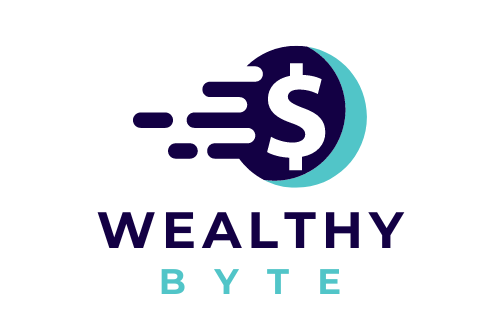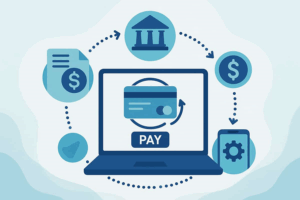
From finding the perfect neighborhood to covering your down payment, buying your first home may seem daunting, but it doesn’t have to be. The right savings and investment tools can help you prepare for the expense, so you can focus on achieving the dream of home ownership. For Canadian residents, a First Home Savings Account (FHSA) may be the right fit.
If you want to take charge of your investments, you might opt for a self-directed FHSA instead of the standard option, which has a more limited choice of investments. Read on to learn the ins and outs of a self-directed FHSA so you can make the best choices for your goals and priorities.
How Does An FHSA Work?
An FHSA is a registered savings plan designed to help first-time homebuyers cover their down payment or closing costs. Prospective homebuyers over age 18 and under age 71 may qualify if they haven’t owned a home in the preceding four years (or lived in a home that their spouse or common-law partner owned).
After you open an account, you can contribute a maximum of $8,000 a year up to $40,000 overall. Contributions within these limits are tax-deductible, reducing your income taxes while you build your wealth. Investments in stocks, bonds, mutual funds, and more may boost your savings within the account, especially because investment growth is tax-free. Withdrawals that go toward purchasing your first home are also tax-free as long as you meet all of the following requirements:

- You must live in Canada.
- You must be under the age of 71 during your withdrawal year.
- You must agree, in writing, to spend the money you withdraw on a home purchase by October of the following year.
- The home you buy must act as your primary residence.1
You have fifteen years to use your FHSA savings for your first house. If you don’t use the funds in time, you may be able to transfer them to other registered savings plans to maintain some tax advantages.2
Why Choose A Self-Directed FHSA?
A self-directed FHSA means the account holder makes all investment decisions. With a standard FHSA, an advisor typically develops your portfolio based on your priorities, concerns, and interests. A self-directed FHSA, on the other hand, allows you to choose to invest in specific mutual funds, stocks, bonds, exchange-traded funds, and beyond based on your personal goals, risk tolerance, and financial strategy. You make the final call about buying, selling, or holding eligible investments.
A self-directed FHSA account might have lower management fees since it doesn’t require as much hands-on work from financial advisors. If you have some investment knowledge or want your FHSA to fit into your broader investment plan, a self-managed account may be the right fit.
Are There Disadvantages Of A Self-Directed FHSA?
Managing a self-directed FHSA demands a solid understanding of investments and the market. Without that knowledge, managing your own account may feel overwhelming.

You should consider your investment knowledge and capacity for staying on top of market trends. If you’re new to investments, or you don’t follow financial markets, managing your own account may be time consuming, at least at first.
How Do You Open A Self-Directed FHSA?
Opening a self-directed FHSA is a straightforward process:
- Contact the bank, brokerage or other FHSA issuer you wish to work with. You may want to let them know right away that you’re interested in a self-directed account so they can point you to the appropriate account offering.
- Provide the necessary information and documentation to open an account. This might include your birth certificate and social insurance number.
- Fill out a “Schedule 15: FHSA Contributions, Transfers, and Activities” form when you file your taxes and benefit return the year you open your account, even if you haven’t begun saving.3
Once you begin contributing to your FHSA, you can build a portfolio that makes sense for you. Higher-risk investments tend to have more growth potential than lower-risk investments, but a high return isn’t guaranteed. By diversifying your investments, you can balance more secure options with riskier options that may offer higher rewards. A self-directed FHSA gives you the freedom to build your savings at your own pace so you can move with confidence when the time comes to buy your home.
Disclaimer: Article content is intended for information only. It may not reflect the publisher nor employees’ views. Consult an investment advisor before making financial decisions. Publishers or platforms may be compensated for access to third party websites.















